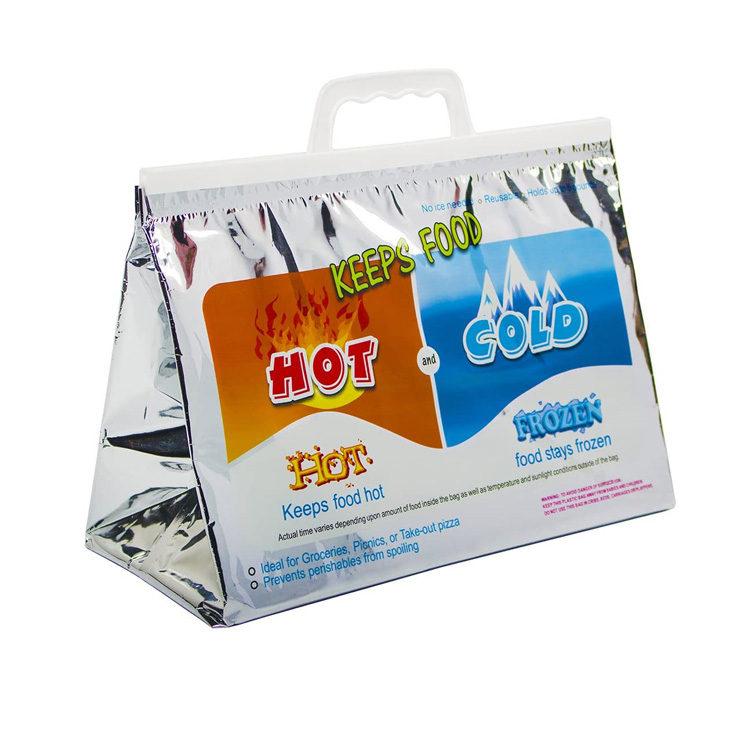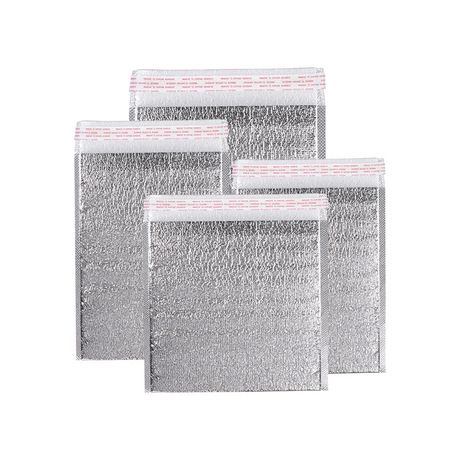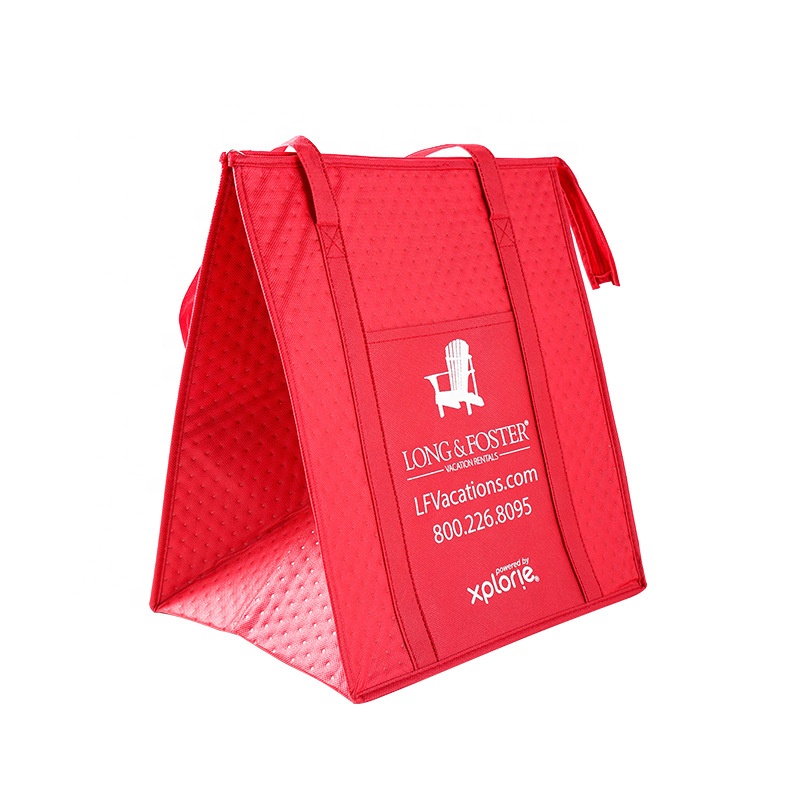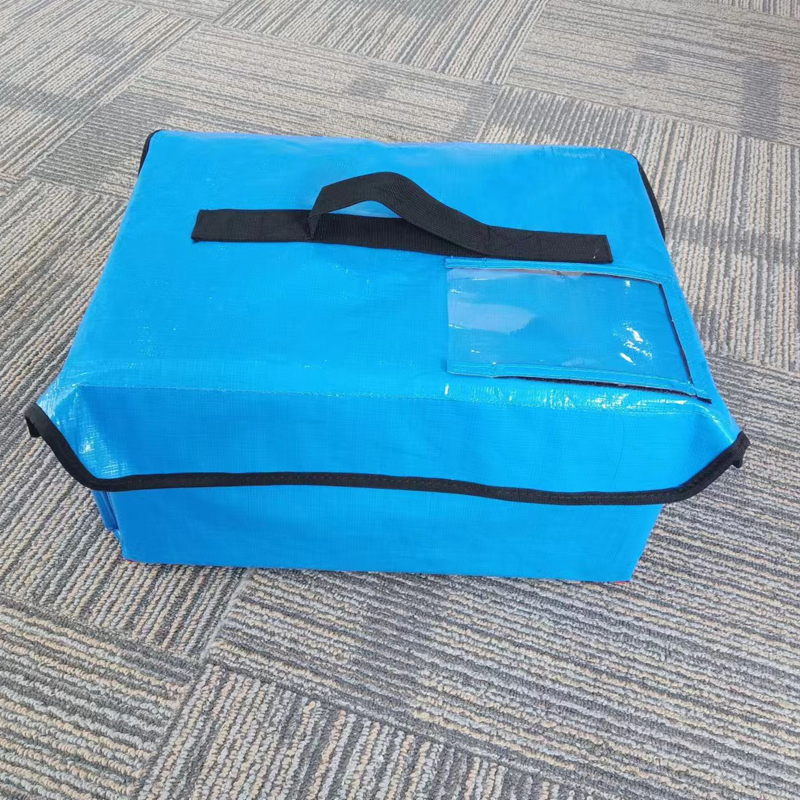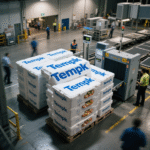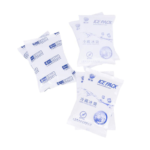The Cold Chain’s Hot Topic: How Ice Pack Company Are Redefining Reliability in 2025
Once overshadowed by refrigerated trucks and insulated boxes, Compañía de paquetes de hielo now sit at the heart of cold-chain innovation. From e-grocery deliveries to temperature-sensitive biologics and same-day meal kits, demand for engineered cooling solutions has surged—projected to hit $36B globally by 2025, growing 13.6% anual. But behind this growth lies a shift: today’s customers expect far more than basic ice packs. Here’s what’s driving the industry forward.
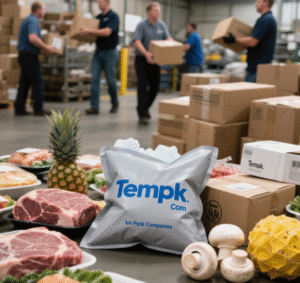
1. Demand Outpaces Revenue: The Cold Chain Accelerates
Even faster than revenue, unit demand is skyrocketing. The global gel-ice-pack market alone is set to reach $14.7B this year, a 17.5% jump from 2024 (The Business Research Company). Pharmacies shipping home injectables, restaurants relying on dark kitchens, and last-mile couriers all depend on ice packs that trabajar—because a failed cold source now means spoiled drugs, ruined meals, or damaged brands.
2. Beyond Basic Packs: Engineered Temperature Control
Modern suppliers don’t just make packs—they engineer precision. Proprietary phase-change gels now maintain exact temps (+5°C for vaccines, -25°C for frozen seafood), eliminating over-icing risks. Advanced automation and ultrasonic sealing cut leak rates below 0.2%, while robotics churn out millions of perfectly weighted packs monthly (Trackonomy.ai). No more guesswork—just consistent, reliable cooling.
3. Sostenibilidad: Non-Negotiable for Brands
Eco-conscious consumers and regulators demand packaging that’s recyclable, reutilizable, or compostable. Top makers have swapped PVC for HDPE-EVA blends, algae-based gels, and even drain-safe formulas (Criopak). Closed-loop “R3” programs now collect, sanitize, and reuse packs—lowering costs y carbon footprints (Criopak). In Europe, circular pilots show gel packs can complete 5+ trips before retirement (Thermocon-ColdChain).
4. IoT-Enabled: Data Drives Decisions
Ice Pack Company now think like IoT firms. Some embed NFC/RFID tags for real-time temp scans at handoffs; others offer simulation tools to calculate exact pack counts per route, slashing freight weight by double digits (IceColdGelPacks). For perishables, real-time visibility isn’t optional—it’s a must-have for buyers.
5. Cumplimiento: Staying Ahead of Rules
From food safety (USP <661>) to pharma GDP and UN 38.3 battery standards (for smart packs), regulators are tightening. Leading brands publish full compliance reports—so shippers avoid border holds when rules change. Trust matters more than ever.
6. Picking the Right Partner: Key Checks
When choosing an ice pack supplier, look for:
- Third-party lab proof of temp accuracy
- Sustainable materials with clear end-of-life paths
- Automated production for scale/consistency
- Built-in data/tracking options
- Multi-jurisdictional compliance docs
7. Why Tempk™ Leads the Pack
Con sede en Shangai, Tempk combines these trends into one standout solution:
- Precision Gels: Engineered to hold +5°C, -10°C, or -25°C—no dangerous super-cooling.
- 48-Hour Protection: Ultra-low-conductivity film keeps payloads stable in 30°C heat.
- Eco-Design: Recyclable HDPE outer layer + BPA-free, CNAS-certified non-toxic gel.
- Leak-Proof Seams: Failure rates <0.1%, cutting cleanup claims.
- RFID Tracking: One-tap traceability from factory to end user.
For meal-kit startups, global grocers, and biotech shippers, Tempk doesn’t just sell ice packs—it delivers reliability. Protect product quality, brand trust, and the planet—all in one cold-chain upgrade









